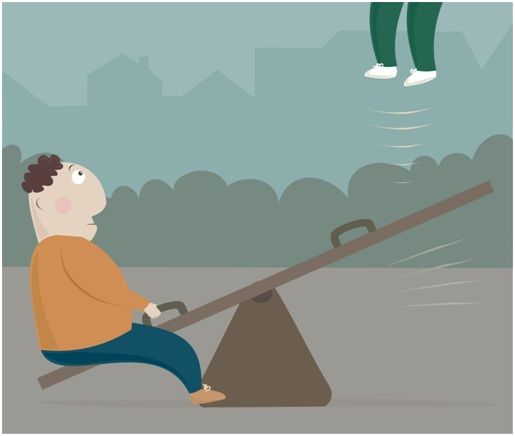Article
When Fancy Solutions Don't Work Use Common Sense
Author(s):
Investors now know they need to concentrate not only on the anticipation of potential success should they take more risk, but to consider the reverse as well. How would they react if an unexpected market dive would greatly diminish their portfolio?
Before the 2008 financial crisis, I ran a Monte Carlo simulation of my portfolio to determine the probability of various outcomes.
The computer program is named after the city in Monaco for obvious reasons — the casinos. Like a skilled gambler, the simulation is meant to take into account different scenarios to calculate possible outcomes. It is utilized by some financial planners and brokers to aid clients in risk management. Also, it can be purchased by individual investors on the web. The projected expected return from the analysis depends on the risk taken.

I didn’t anticipate that I would find much with the Monte Carlo analysis. But, I see in retrospect, the results would not have helped me if I had paid attention to them. This simulation, so much touted prior to the 2008 crises, just didn’t do its job. The software wasn’t programmed for the type of catastrophe we experienced. Basically it underestimated extreme events. This meant that near retirees who depended on the Monte Carlo simulation to help them decide how to adjust their portfolios before retirement were left in an uncomfortable position. Their livelihood was diminished.
Thankfully, all of this is past, which leaves present investors wondering where to go now. How are sins of the past to be avoided? After all, going to confession, even in a theoretical way, is no fun.
One straightforward approach to tackle portfolio peril is to properly construct a one appropriate for age, retirement expectations, risk tolerance, and wealth in the first place. In general, the closer we are to retirement, the more safety we should seek. In most cases, this includes a large sprinkling of bonds or utilities or other more secure investments. On the other hand, more risky stocks, even to a small degree, are still needed to in an effort to stay even or outpace inflation.
Further, while making the decision of safe versus less so, investors now know they need to concentrate not only on the anticipation of potential success should they take more risk, but to consider the reverse as well. How would they realistically react to their financial reverses if an unexpected market dive would greatly diminish their portfolio? That is the balancing act, the teeter-totter.
Just like kids on a playground steady themselves to stay level, we need to keep our portfolios in equilibrium too.
A Rising Tide Lifts All Boats (and Some Egos)
Contain Expenses to Increase Returns
Fancy approaches to the market don't always work. Sometimes, it’s best to simply use common sense to achieve a balanced portfolio right for you.For Further Reading:




